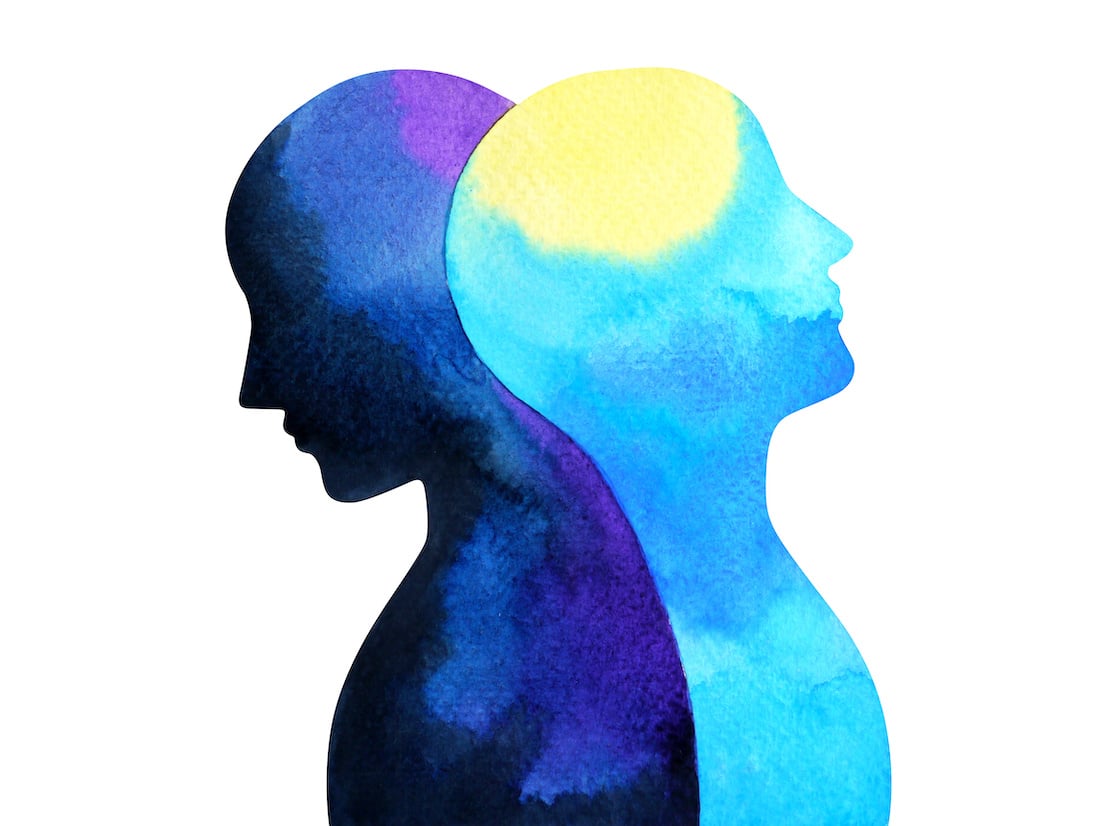Inpatient vs Residential Treatment
It’s critical that caretakers and family members are informed of the many different treatment options available for their loved ones struggling with mental health disorders. With many services available to the public, the truth is that you ultimately get what you pay for. Families with loved ones suffering from mental illness want the best possible treatment at a reasonable price. This is why all treatment options must be reviewed and assessed before ultimately choosing a provider.
When it comes to mental health treatment, there are a variety of different levels of care that a patient can seek, including inpatient treatment, residential treatment, and outpatient treatment. Outpatient is the most common type of treatment with partial hospitalization (or day treatment) being a popular type, especially for those who don’t require 24/7 monitoring. Conversely, those with severe mental health issues are usually placed into either inpatient or residential treatment programs in order to ensure that they receive the care they need for their condition. However, contrary to what you might believe, inpatient treatment and residential treatment are not the same. Additionally, the costs and quality of treatment for different levels of care can vary drastically. What exactly warrants such diverse costs and quality of care? As it turns out, there are actually some key differences between inpatient and residential treatment. Provided below are additional details.
What is Inpatient Treatment?
Inpatient treatment is the most intensive level of treatment, offering 24-hour care in a secure unit of a treatment facility or hospital. This treatment option is best for those with severe mental health issues, who need constant monitoring for the sake of their own safety and well-being. The main goal of inpatient treatment is to stabilize symptoms while developing a continuing treatment plan so that the patient can receive the care they need in a less intensive setting. Inpatient treatment programs are generally short-term, usually ranging from a few days to a week.
What is Residential Treatment?
Residential treatment is a step down from inpatient treatment. While there is structure and some monitoring during this type of treatment, the big difference between residential and inpatient treatment involves the setting. While inpatient treatment is typically carried out in a treatment facility or hospital, residential treatment is usually carried out in more of a home-like environment.
The medical staff assists patients in residential settings, but not at the same magnitude as inpatient treatment. Because of this, many patients that leave inpatient treatment are placed into residential environments. One thing to note, however, is that residential treatment can be permanent if the individual doesn’t respond to administered treatment.
Key Differences
As you can see, the key differences between inpatient and residential treatment are the intensity of the treatment and the environment where treatment is provided. Inpatient treatment consists of 24/7 monitoring, while residential treatment consists of monitoring, but not quite as intense. In terms of the environment, residential is a more comfortable, home-like setting, whereas inpatient consists of a secure part of a hospital.
Another key difference between residential and inpatient treatment is the length of treatment. Keep in mind that most people that seek treatment for mental health issues are treated on an outpatient basis, in which they attend regular meetings – usually two to three times per week – to receive the counseling and support to help them deal with their issues. While inpatient treatment is usually short-term, residential treatment has the potential to be ongoing – it all depends on how an individual responds to treatment.
For most people, a residential treatment stay averages about three or four months of intensive residential care. This is typically followed by about six to nine months of supervised living in a “step-down” setting, which includes community housing.
At Pasadena Villa, our therapeutic environments promote well-being, recovery, and personal motivation. We offer multiple levels of care, each providing the highest levels of care and support and the closest amount of supervision needed.
We also have psychiatric treatment centers dedicated to outpatient programming. For more information about our outpatient locations, click here.
If you or a loved one need help, call our compassionate admissions staff at 844.797.7099 or fill out our contact form. Most insurance plans are accepted; clients and their families also can pay privately.
References:



